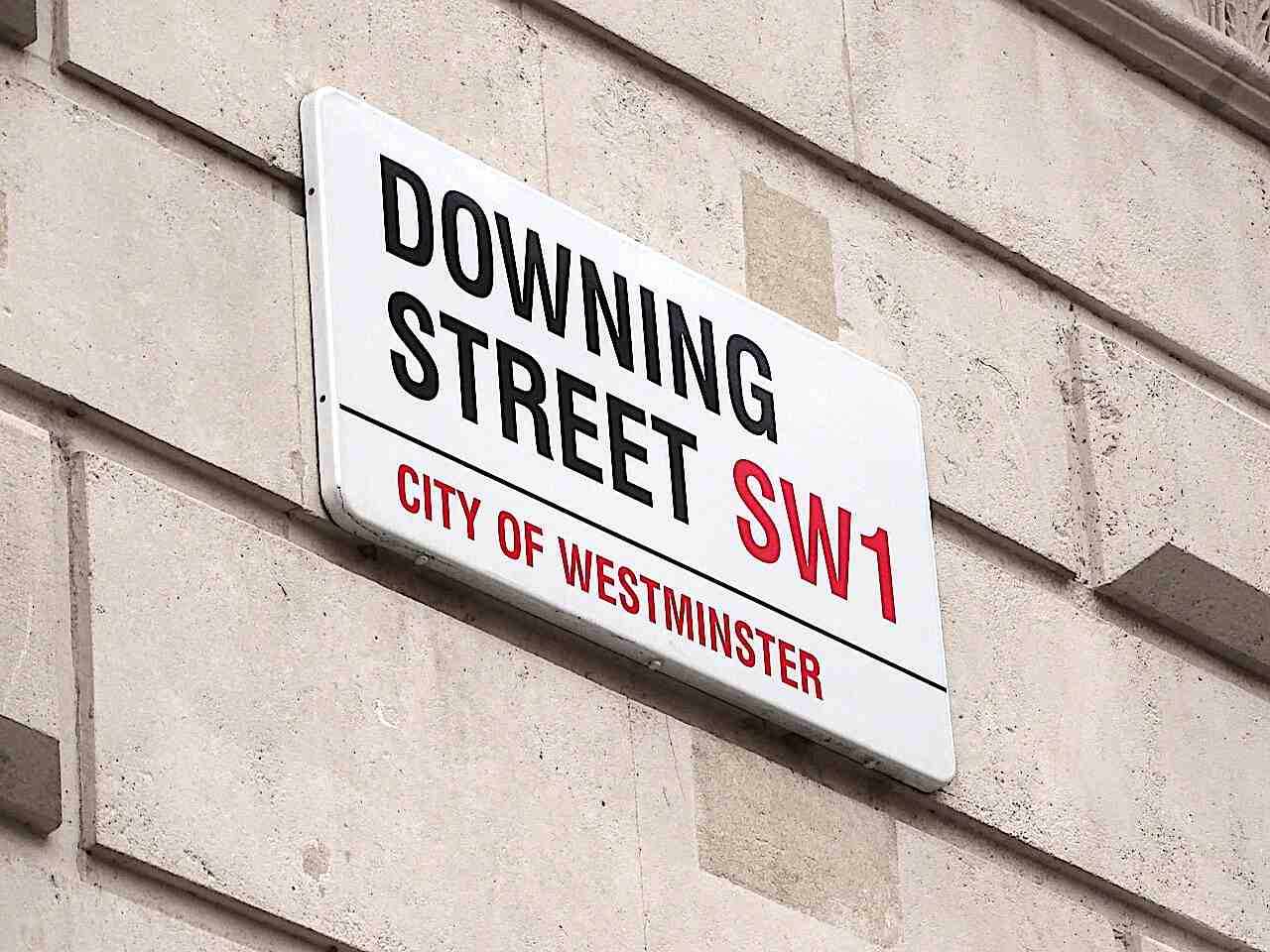What does the government’s roadmap on lifting restrictions mean for employers?
What happens after the lockdown restrictions are lifted? Set out below are some answers to questions you may have. At this point but it’s also worth thinking about your plans for communicating with your staff on returning to the physical workspace. This could start with sending a survey with a few questions to find out how staff are feeling about that or reassuring staff it will be safe to return. It’s also worth being prepared for flexible working requests being made to change work location or hours worked.
The answers on this page will be responsively updated in the coming weeks as the restrictions change and any further guidance is issued by the government.
ARTICLE LAST UPDATED: 4 March 2021

A: At the time of writing the latest position is that employees who can reasonably work from home should continue doing so. On the government roadmap, The Government has confirmed that details of each step will be announced a week before, but the plan currently is:
Step 1 (due to start 8 March 2021): The roadmap sets out that, ‘people can leave home for work if they cannot work from home….’ but also states that guidance will set out that working from home should continue where it can be done.
Step 2 (no earlier than 12 April 2021): The roadmap reiterates, ‘people should continue to work from home where they can’.
Step 3 (no earlier than 17 May 2021): The government will continue to advise on working from home where it can be done.
Step 4 (no earlier than 21 June 2021): The guidance on working from home will be reviewed a week before this date and the government will the confirm the position. The government has also stated that it hopes to remove all legal constraints by this date.
Employers may feel an obligation to provide staff with a concrete plan for the coming months, but the dates are subject to change at the moment and as the government has made clear, it will be driven by the data at each stage.
Q: If employees are reluctant to return to work, what courses of action are open to employers?
A: Some staff may continue to feel fearful of returning to the workplace due to Covid-19, even after it is has been declared safe to do so. Employers should handle concerns from individual staff sensitively and consider them on a case-by-case basis.
Businesses should ensure any return to work is subject to carrying out a comprehensive health and safety risk assessment. A health and safety risk assessment is a live document outlining the risk factors within your workplace and in relation to Covid-19. It should cover the ways the virus could spread and how that can be prevented.
We have developed a remote working pack (contact us for details) to support employers who have employees working from home, either on a temporary or permanent basis. This includes information on health and safety assessments, lone working, specific guidance on workstation assessments and wellbeing.
Q: What will need to happen when employees return to the workplace? Will employees need to wear face coverings?
A: The government has advised that the results of a review in June 2021 will inform decisions on when face coverings and other measures including the 1 metre rule may be lifted. At present, whether or not face coverings are necessary when returning to the workplace will depend on the type of workplace and the current guidance applicable to that workplace.
This may become a more significant factor for offices when assessing risk assessments and the return to the workplace in June 2021. Employers should be cautious about introducing a policy enforcing face coverings as there is a risk of discriminating against an employee who has legitimate reasons for not wearing one.
Q: Can we ask the team to take some holiday leave to avoid a holiday congestion later in this year?
A: If you want staff to take holidays, it’s best to start by encouraging them to take annual leave by explaining the impact on the business. Reaching an agreement is clearly better but if that does not work then employers can force employees to take holidays as long as they provide adequate notice as follows:
When cancelling booked leave, employers must give employees the same number of days’ notice as the number of booked days of leave
When requiring staff to take mandatory holiday, employers must give employees twice as much notice as the number of days they will be asking staff to take off on leave
Q: What happens if employees decide they prefer working from home?
A: Employees who have been working from home and enjoying it may be reluctant to return to the workplace. We expect to see an increase in flexible working requests when the time comes to return to the workplace, especially if employees have had a positive experience of remote working.
Any employee can make a statutory flexible working request as long as they have 26 weeks’ service and they can only make one request in any 12 month period. It’s important to deal with requests reasonably and follow a formal procedure. It’s also important not to ignore requests from employees with less than 26 weeks’ service as it could be unlawful discrimination to do so.
Q: What is happening to the furlough scheme?
A: The Coronavirus Job Retention Scheme (CJRS) (‘furlough) has been extended until 30 September 2021. Until 30 June 2021, employers can claim 80% of an employee’s usual salary for hours not worked. In July 2021, this reduces to 70% with employers contributing 10% of an employee’s usual salary for hours not worked. In August 2021, until the end of the Scheme, employers can claim 60%, whilst contributing 20% of an employee’s salary for hours not worked.
HMRC are now publishing information about the employers claiming furlough which is available on the Gov.uk website. This information will remain available online for up to a year.
Before the furlough scheme ends, employers should assess their workforce to establish if they need to retain all of their furloughed employees. If employers do need to make redundancies, they should follow the normal rules including consultation and payment of notice periods. It’s important to remember you cannot use the furlough scheme to pay for notice periods or redundancy pay.
Get in touch:
Our team of Employment Law Solicitors and HR Consultants are on hand to guide you through and help you manage your team during these challenging times. Get in touch if you need any assistance.








